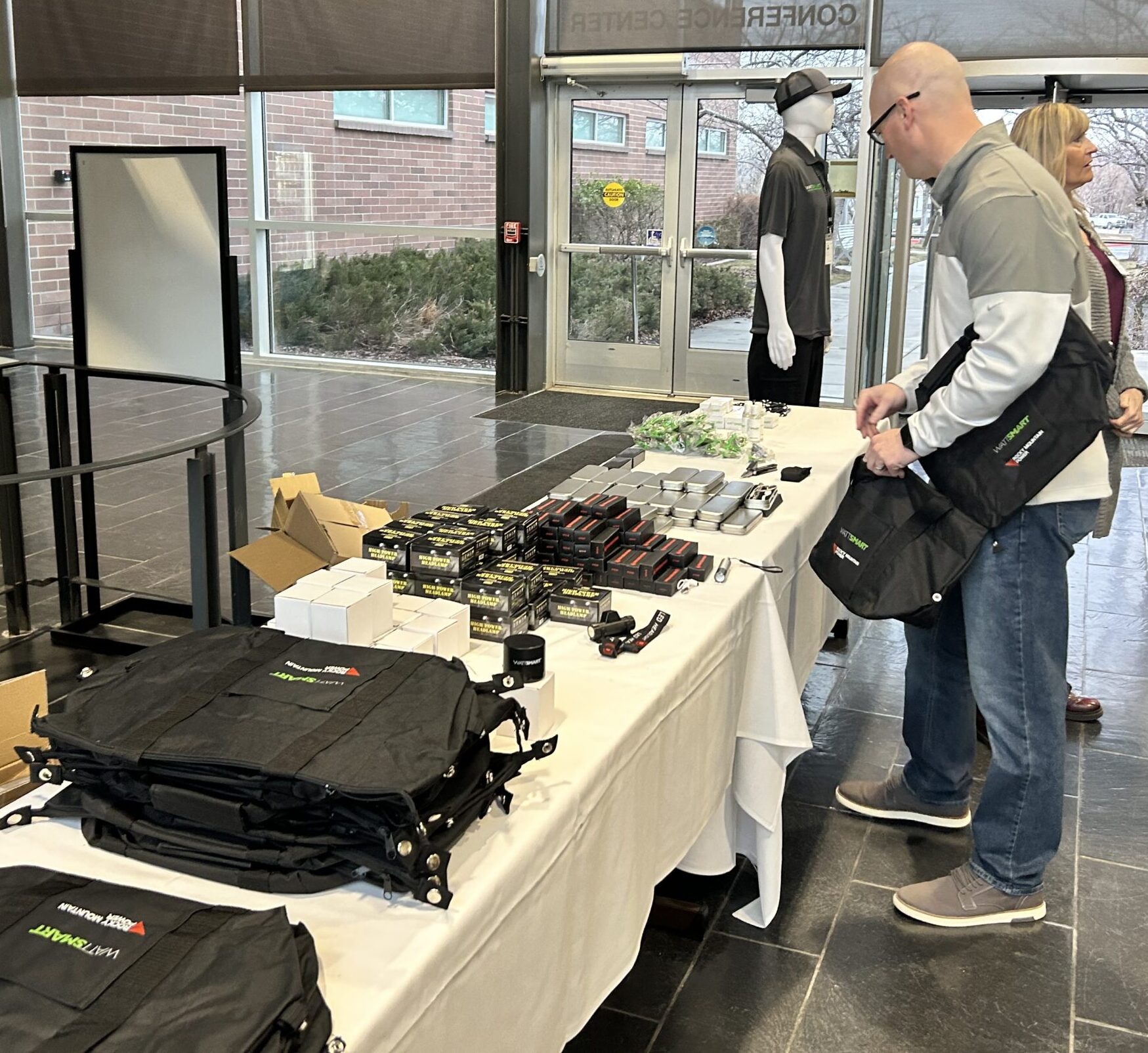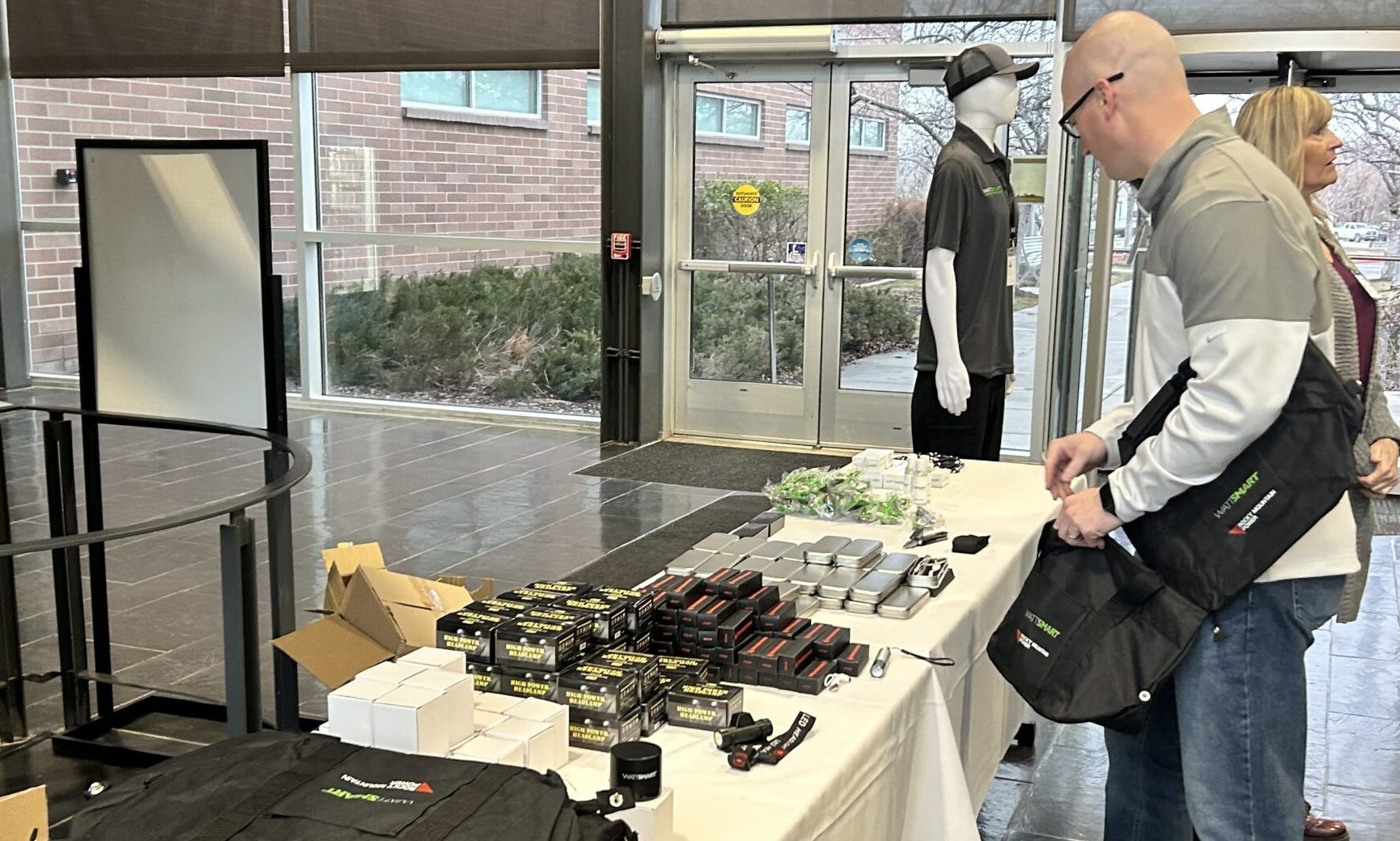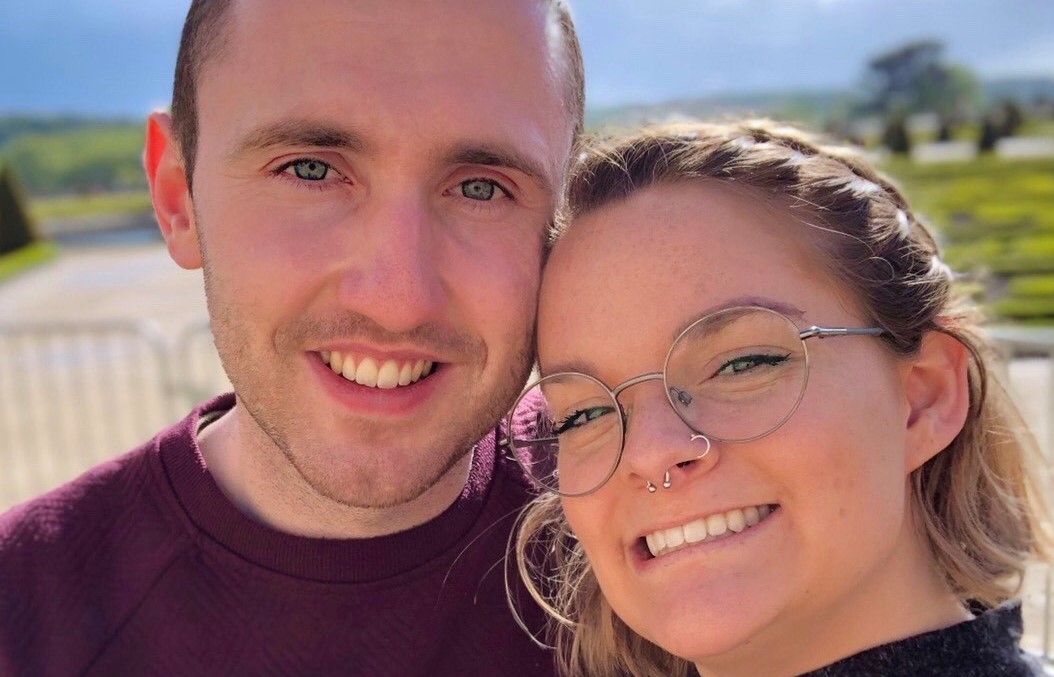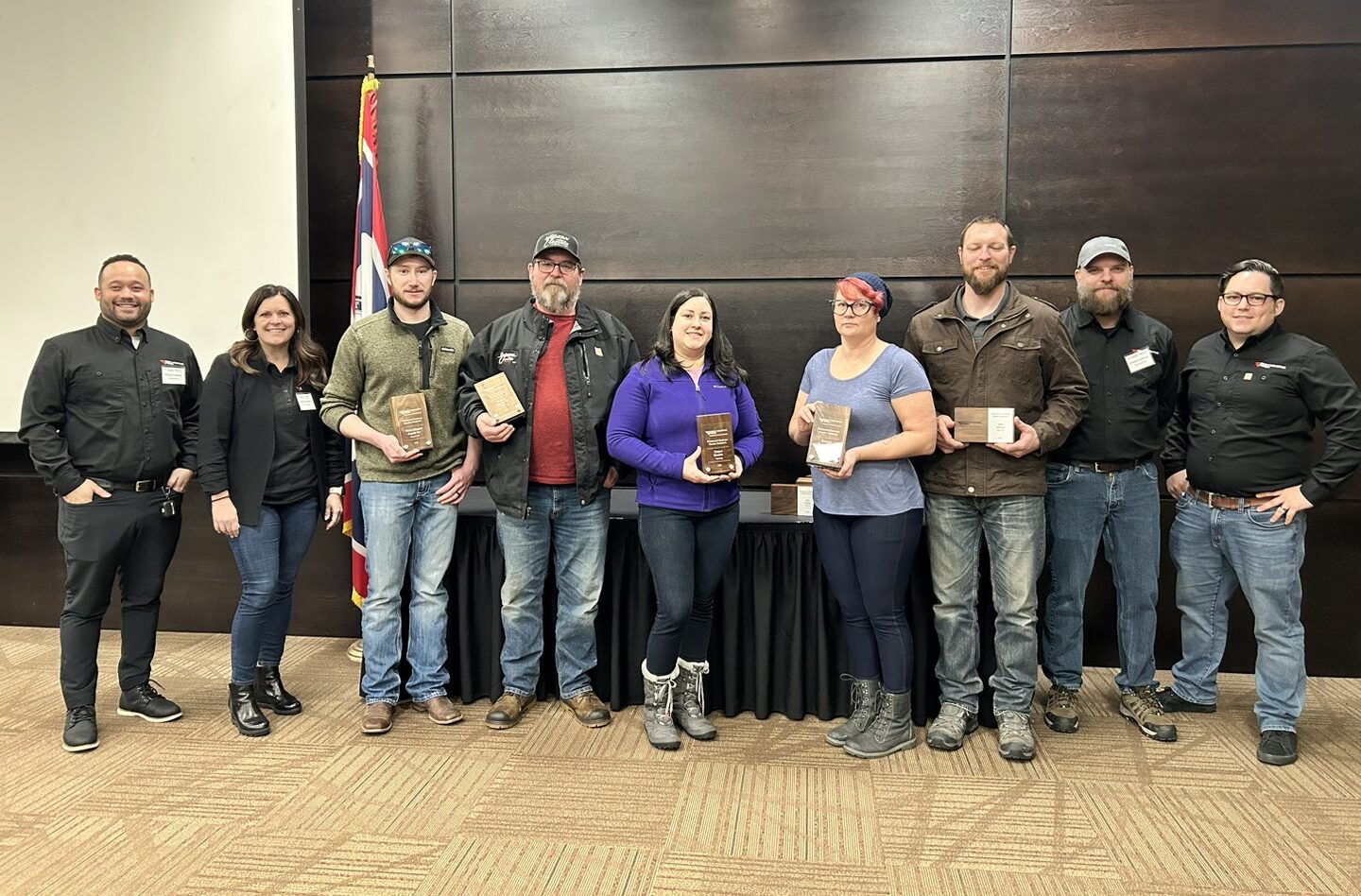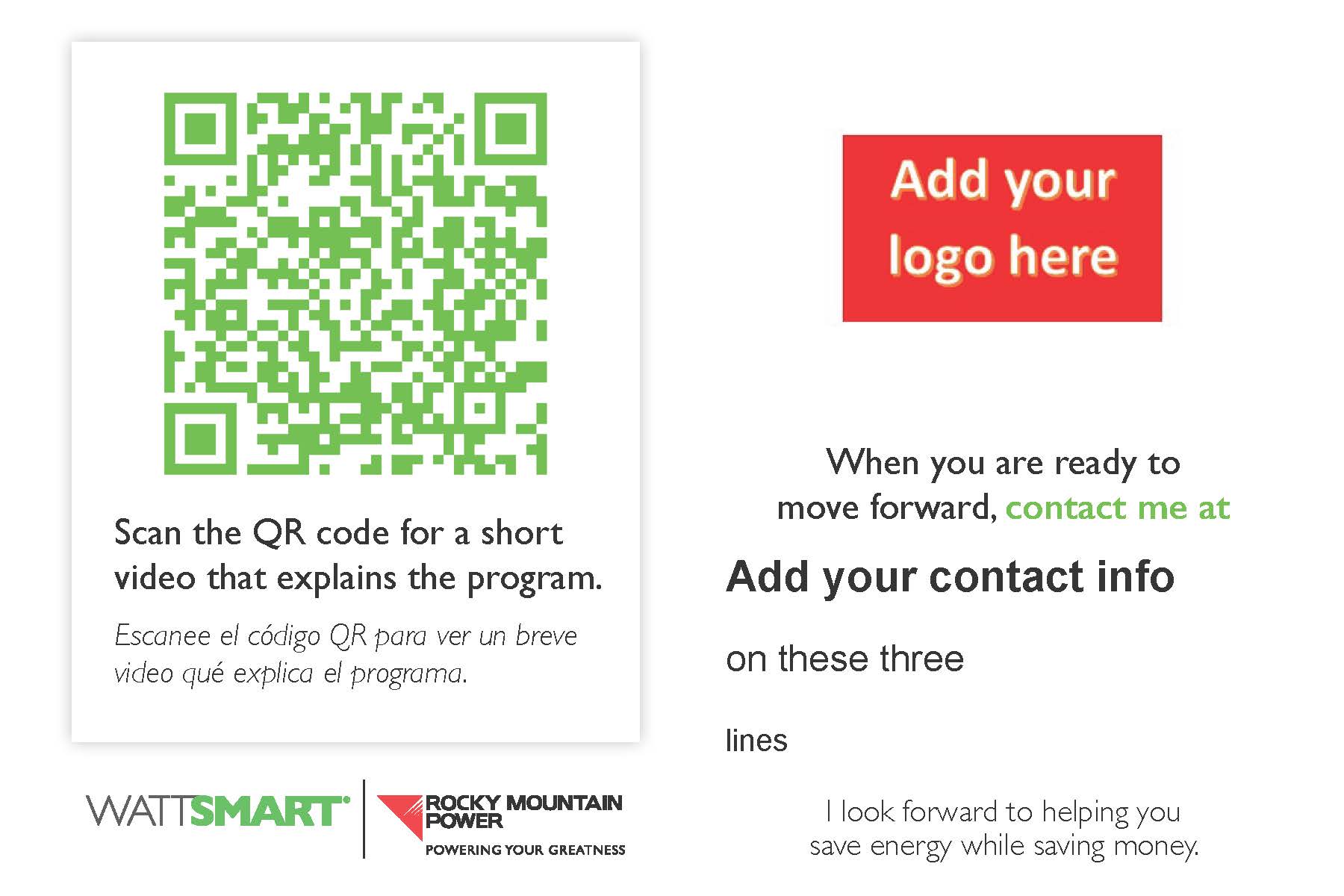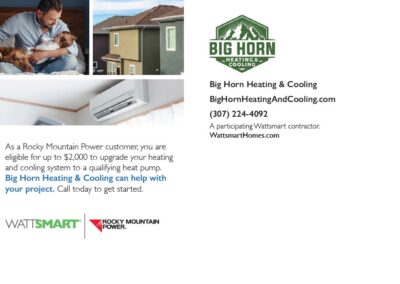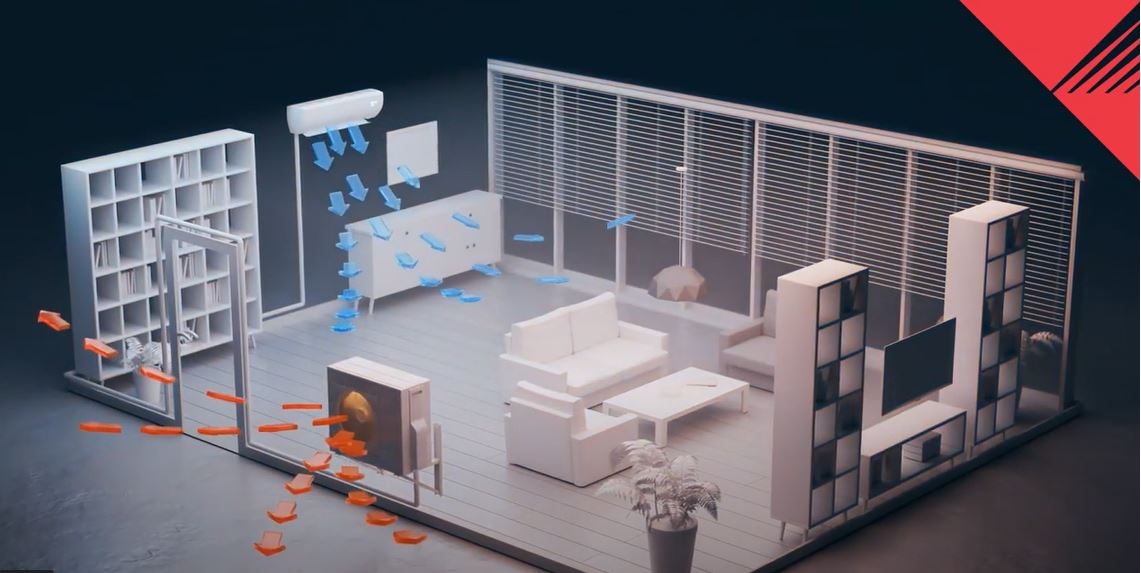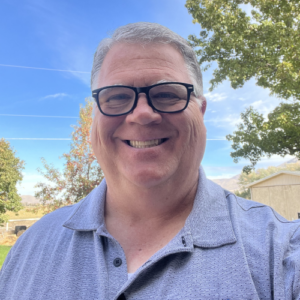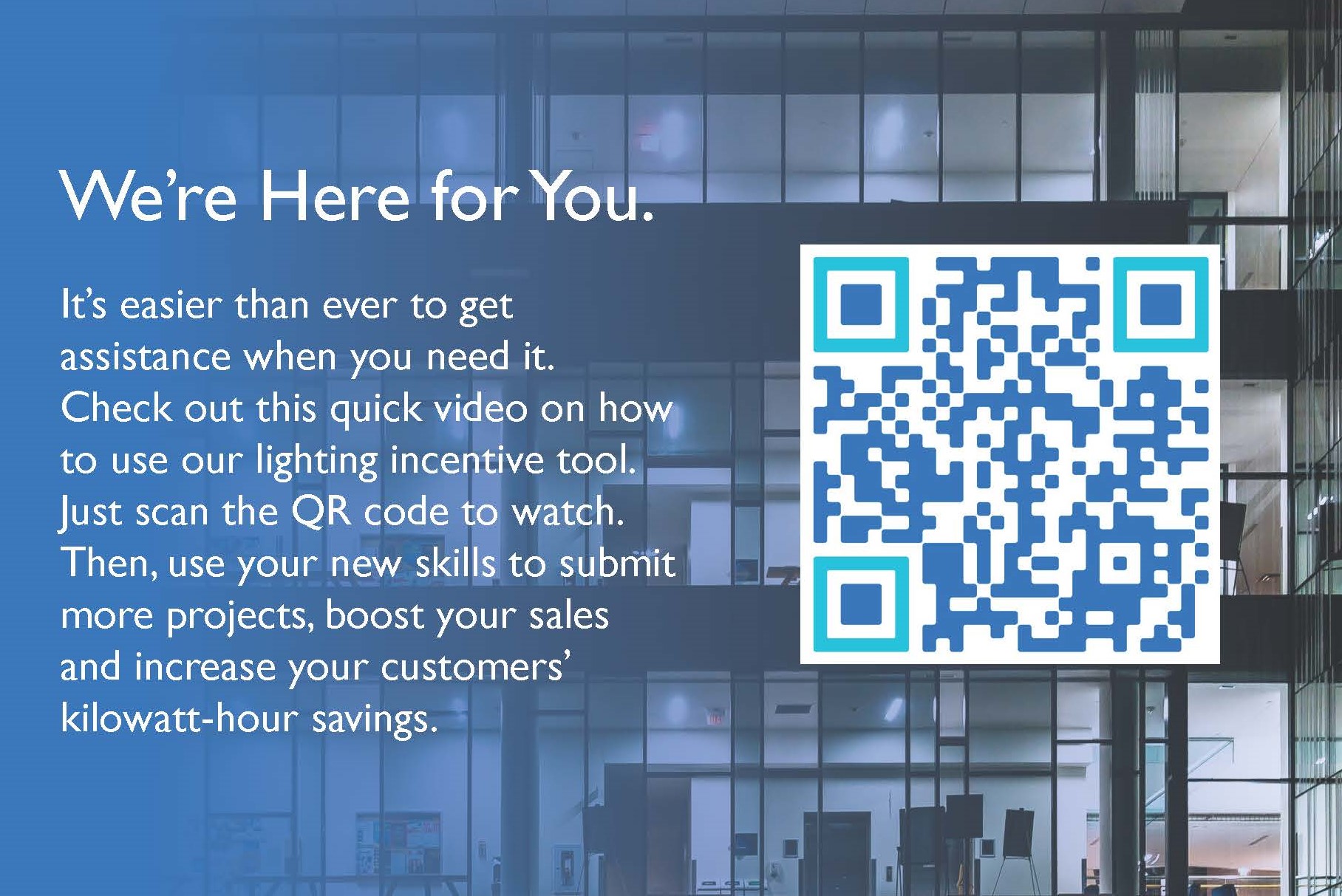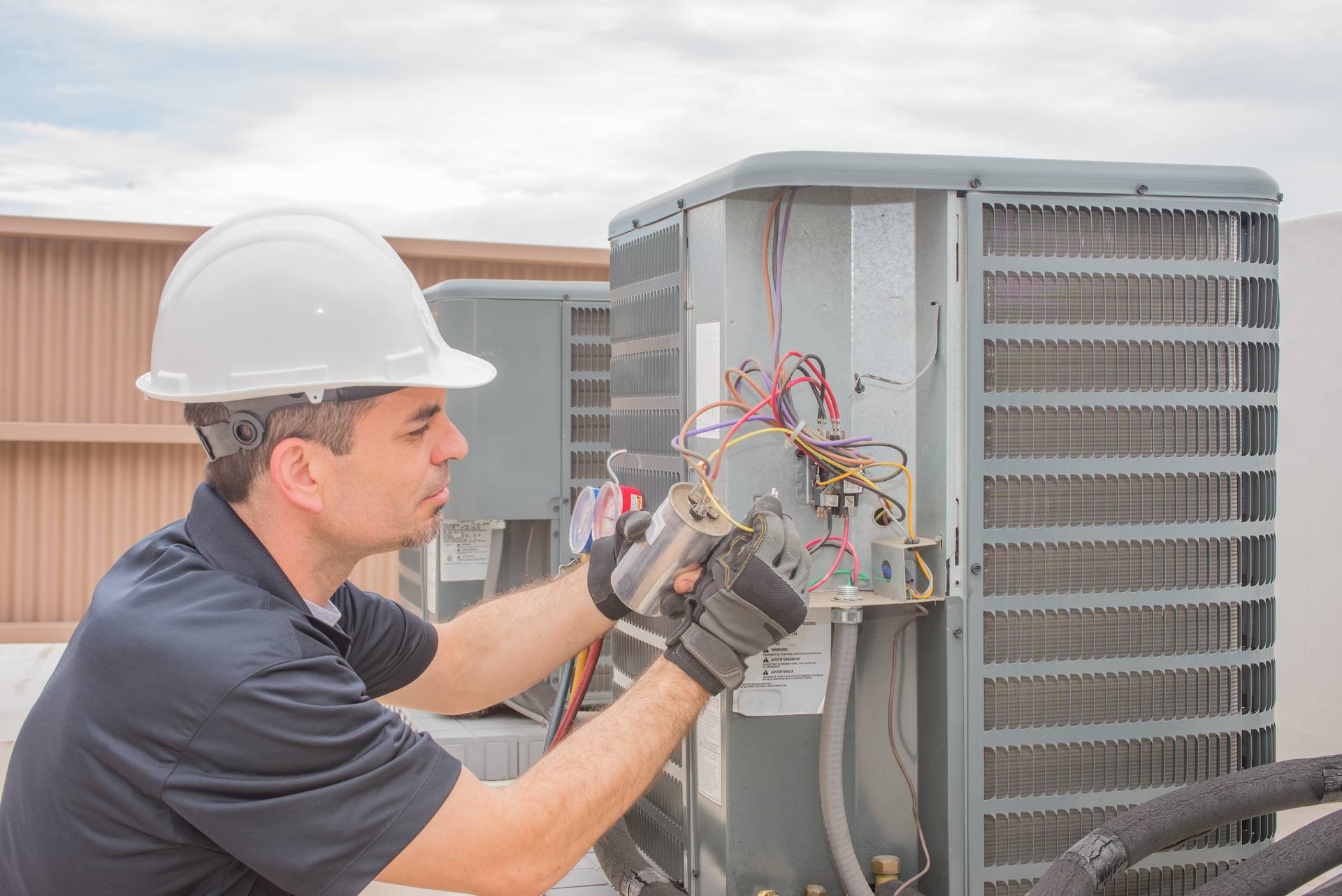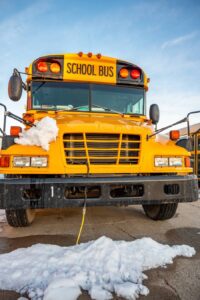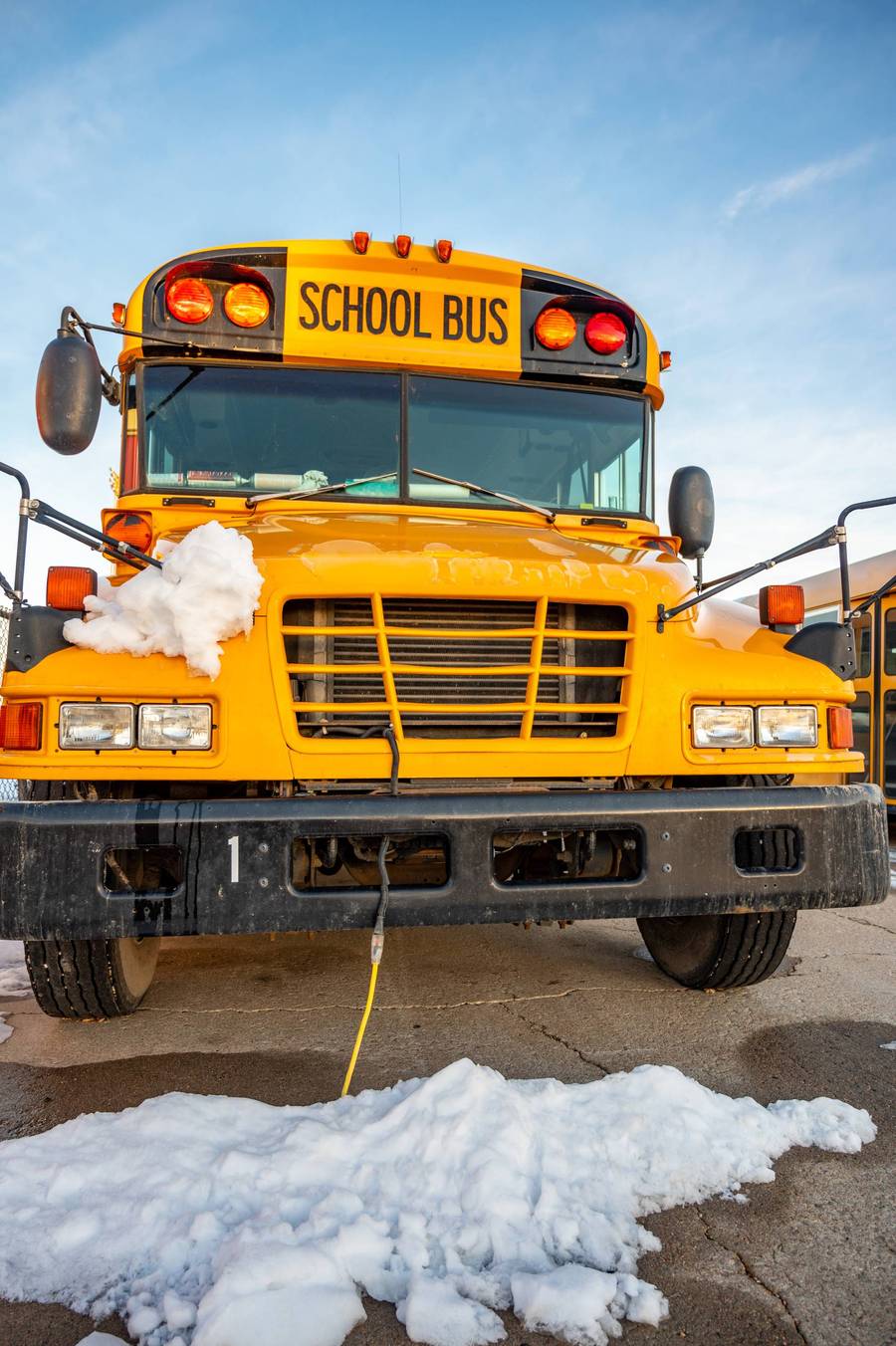Look for an email invitation to our annual 2025 Wattsmart Business and Wattsmart Homes Vendor event in Sandy, Utah, on April 30, 2025, from 7:30 a.m. to 12:00 p.m.
The goal of this event is for you to come away saying, “Wow, I learned some good stuff.” We will share the agenda soon. In the meantime, know that:
- It will be an interactive, expo-style event again.
- New this year, you can consult with our marketing experts for promotional tips about how to grow your business and reputation.
- You’ll learn about available Wattsmart Business incentives.
- We will review the 2025 Utah program changes.
- We can discuss and ask questions about current trends and technologies in today’s energy-saving market.
- You should enjoy breakfast.
- Plan on taking home some fun and useful gifts!

